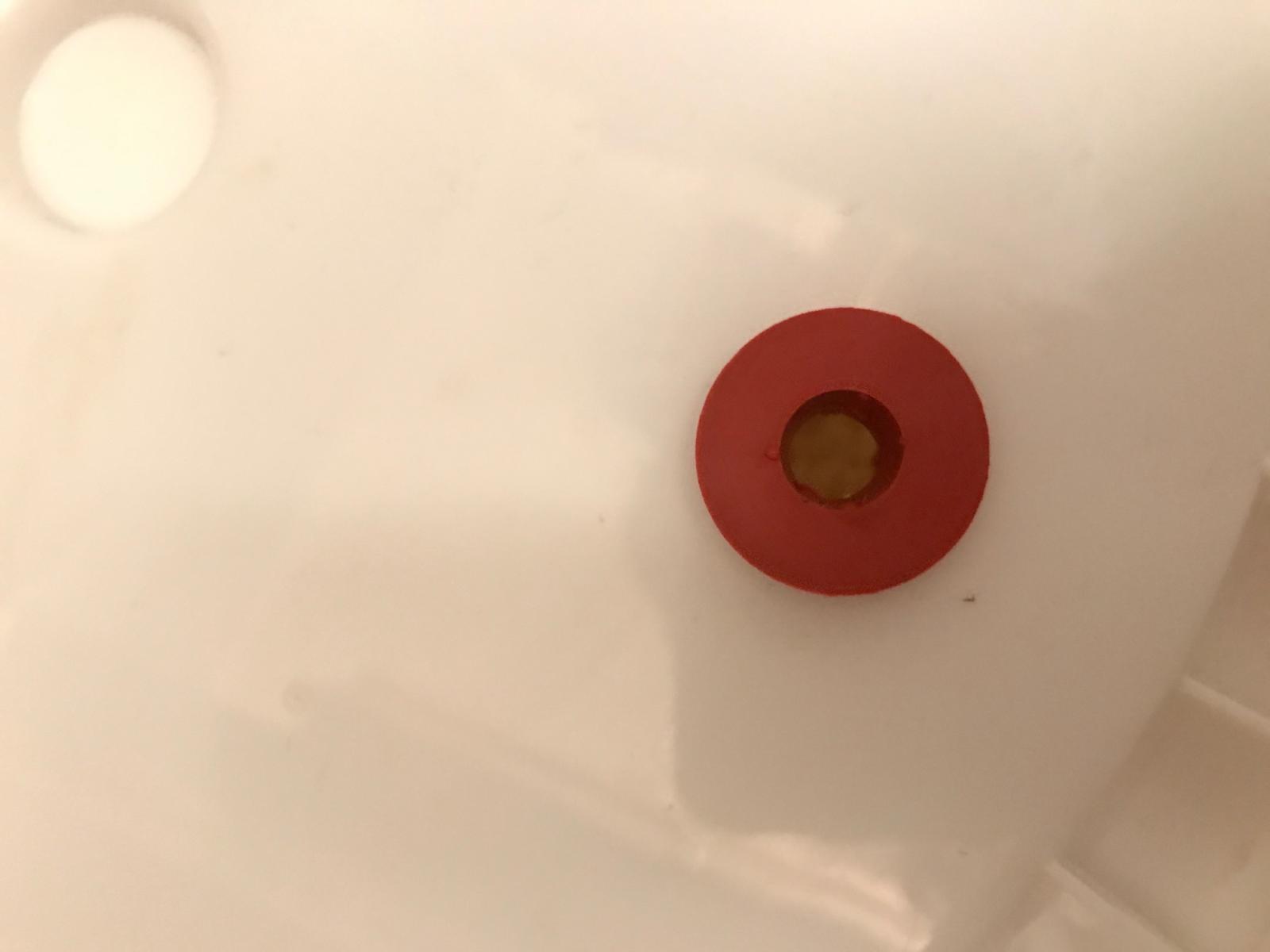sreichenberger
Well-Known Member
- Joined
- Jan 2, 2017
- Messages
- 61
- Reaction score
- 6
Greetings,
I have been given a home brew kit for making beer at home during the holidays. The first beer I will attempt: an IPA.
I know that the lack of bubbles in the S-shaped Air Lock is not an indication that fermentation hasn't started (well, specially because I added the yeast into the beer mixture about 12 hours ago). But here's my concern:
I was told to add the yeast on top of the beer mixture, close the lid, and gently move the bucket around so that the yeast would mix nicely with the liquid. I, on the other hand, gently poured the yeast on top of the mixture, and used a sterilized, clean wooden spoon to mix the yeast evenly on top of the mixture.
Did I just kill all the yeast? Will they have no effect at all? Please help.
Thanks,
Stephan
I have been given a home brew kit for making beer at home during the holidays. The first beer I will attempt: an IPA.
I know that the lack of bubbles in the S-shaped Air Lock is not an indication that fermentation hasn't started (well, specially because I added the yeast into the beer mixture about 12 hours ago). But here's my concern:
I was told to add the yeast on top of the beer mixture, close the lid, and gently move the bucket around so that the yeast would mix nicely with the liquid. I, on the other hand, gently poured the yeast on top of the mixture, and used a sterilized, clean wooden spoon to mix the yeast evenly on top of the mixture.
Did I just kill all the yeast? Will they have no effect at all? Please help.
Thanks,
Stephan





